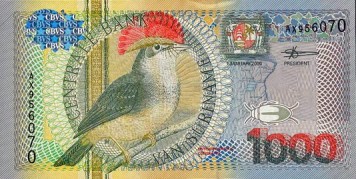Exotic currencies.
You've probably often heard the saying - "Exotic currencies", islands in the distant sea, sand and palm trees immediately come to mind , but in fact these monetary units are very rarely related to those same islands.
, but in fact these monetary units are very rarely related to those same islands.
Exotic currencies are illiquid or little popular monetary units that have a limited circulation area or other restrictions on circulation.
Therefore, most unpopular currencies are often included in this category. For example, the Russian ruble, the Israeli Shekel, the Hong Kong dollar, the Polish zloty, the Turkish lira and some other monetary units that are little used in financial calculations can be called exotic.
Moreover, this does not mean at all that such currencies do not participate in speculative trading; one example can be the recently increased trade in the Russian ruble .
But this is more an exception than a rule; exotics are rarely used in trading due to a number of reasons:
• Maximum spreads, sometimes for such currencies their size reaches up to 100 points, it is clear that it is difficult to return a cohesive commission in this situation even with long-term transactions .
• Lack of complete information - it is much easier to get information on the American dollar or Euro than to look for news about events in the Argentine economy.
• Lack of technical assistants - when trading you have to use only universal technical analysis tools , and specialized advisors are out of the question.
• Limited analytics - various analytical agencies pay virtually no attention to exotic currencies, so finding an intelligent review or forecast is quite difficult.
• Not suitable for short-term trading - all because of the same high spreads, the transaction must exist for quite a long time in order for the profit to cover the paid spread .
Despite the listed disadvantages, there are exceptions among exotic currencies, for example, the same Russian ruble, with the growth of its popularity, the spread gradually begins to narrow, which significantly simplifies trading and leads to an increase in the number of its participants.


